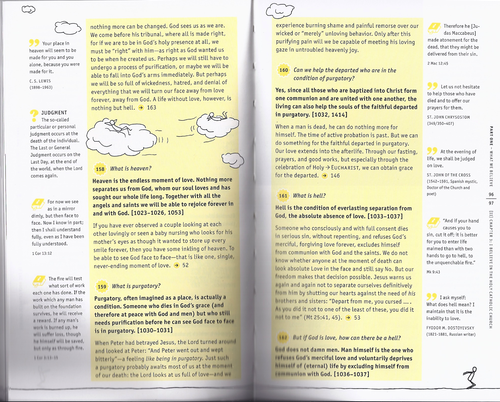Earlier this year I reviewed Looking for the King and a new novel also from Ignatius Press Toward the Gleam: A Novel has similar elements. They both involve a similar historical time period with some of the same historical characters. They both involve some time of artifact that involves the main characters into an unfolding drama with increasing danger and they both have solid spiritual and philosophical underpinnings. Where they depart is that while I enjoyed “Looking for the King” as a good and entertaining novel I find “Toward the Gleam” to be a much better novel on every level.
The story takes place in closer to modern times and in the period from WWI up to WWII. The initial story involves a professor carrying some object desires to talk to the abbot of an English monastery in regards to that object. The professor presents himself as “John Hill” which is a pseudonym he had used earlier during his investigation of this ancient artifact. The professor is a famous historical figure and I felt rather foolish the length of time it took me to realize who the person was considering the number of clues provided. Though I found that some reviewers like Joseph Pearce identify him in their reviews. The professor begins to tell his story from his time in WWI, the finding of the artifact, and the drama that unfolded in connection to it.
As the professor spends more time studying the artifact he comes to realize he needs help in deciphering it and so he seeks out various experts in their fields to ask them question while avoiding revealing the existence of this artifact. This investigation quickly leads him into the path of one of the experts who is a criminal mastermind with interests that intersect this artifact and the power that he would want to use from the civilization that produced it. Though he only suspects what the professor has and this is enough to put them on a collision course of life and death since he will stop at nothing to get what he wants. The conversations this professor has with these experts are very interesting since they espouse the spirits of the time that produced so many “isms” in regards to moral relativism. The conversations are crafter in such a way to advance the story and to argue philosophical ideas, but without that sock puppet feel of an author just interjecting philosophical arguments into a story. The evil mastermind is a intricate character and a very dangerous man and a person that is more than a match for the professor.
As a historical novel many historical figures are introduced and the professor has many conversations with such characters including some he never met in real life, but it is plausible in some of the cases that he met them. One quibble I had with the novel is that the number of these figures are only introduced by their first name so you know right away they are such since their last names are never mentioned. Figuring who these people are is simple in some cases and harder in others depending on your knowledge of this literary history of the time and in one case the background of a saint. One of the “what if” aspects of the book is quite spectacular and enjoyable on multiple levels. The historical aspects are quite well done, but some of the fictional and historical elements don’t quite dovetail if you know some of the details of this professor and his literary works. A good job is done here, but it doesn’t mesh as perfectly as a Tim Powers novel. Tim Powers can take his imaginative plots and history and mesh them in such a way that his histories seem to explain more and be more real than the actual history.
As the plot progresses the danger increases to such a crescendo that there is plenty of tension created into how it will resolve. I especially like how the professors family life was portrayed and the way it made his wife an important part of the novel in such an authentic way. The craft involved in making conversations with so many historical and predominantly literary figures sound right is difficult and the author pulls it off. There was nothing in these conversations that did not sound as if they could come off the lips of the people involved. One thing I found odd though that since the professor was a serious Catholic as were many of the book’s figures that elements of Catholicism other than the philosophical arguments seemed to be missing from their lives. Maybe this one done to make the novel accessible to a larger group of people, but for me it marred it a bit in what otherwise had a good degree of authenticity regarding the professor.
Overall this was a very fine novel that kept me intrigued throughout with an appreciation of the imaginative elements introduced. There are serious spiritual and philosophical underpinnings that add to the novel especially in regards to temptation. I listened to the 15 and half hour audiobook version of Toward the Gleam read by Kevin O’Brien. As always Kevin has done a professional job with this multitude of character voices adding to the enjoyment of the story. The book is available by Ignatius Press as a hardcover, ebook, and audiobook along with other sources.
Disclaimer: Kevin O’Brien sent me the audiobook version to review.

